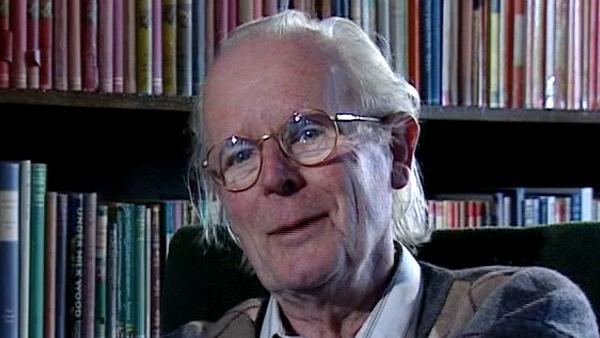NEXT STORY

The parasite theory, the Red Queen model and Alex Kondrashov
RELATED STORIES

NEXT STORY

The parasite theory, the Red Queen model and Alex Kondrashov
RELATED STORIES


|
Views | Duration | |
|---|---|---|---|
| 61. The University of Sussex: mixing the arts and sciences | 767 | 01:24 | |
| 62. Evolutionary Psychology: The son of Sociobiology | 910 | 01:20 | |
| 63. The problem of sex and group selection | 902 | 02:08 | |
| 64. Which is better: parthenogenisis or sexual reproduction? | 832 | 02:25 | |
| 65. Explaining the maintenance of sex | 835 | 04:56 | |
| 66. The advantage of sex at the individual level | 799 | 03:20 | |
| 67. The engine and the gearbox analogy in sexual reproduction | 616 | 02:06 | |
| 68. The parasite theory, the Red Queen model and Alex Kondrashov | 1118 | 03:19 | |
| 69. The origin of sex | 834 | 01:19 | |
| 70. How bacteria share genes; Streptococcus and... | 570 | 04:38 |


The engine and gearbox analogy is that if you have two clapped out Minis, one with no engine and the other one with no gearbox, you can actually make one working Mini by putting together the good engine and the good gearbox together in one car. And sex, by combining genes from different individuals, may be able to construct one efficient working individual from two that aren't too good. The trouble with that argument, of course, is that you might finish up with a Mini with no engine and no gearbox. And the mathematics of this, again, becomes really quite... quite hairy. There are two questions, first of all: Is it true that a sexual population can get rid of harmful mutations and combine good ones? And here we're not talking about changing environment, we're just talking about getting rid of the load... the continuous load of bad mutations that are happening. Is a sexual population really superior to an asexual one? And I think everybody now, who's been into the mathematics, would agree, yes, it is. There are contexts, several contexts, in which that is certainly true. A much harder question is: can we turn that into an individual selection explanation? Could selection, even within a population, between sexual and asexual competitors, actually favour recombination and sex. We can certainly construct models in which it is true, that it can happen. The trouble is that the models assume a very high rate of deleterious mutation. And at the moment, I'm uncertain whether, in the real world, rates of deleterious mutation are high enough to justify the theory. So although, you know, we've been arguing about this since the mid '70s, I'd guess, I think it's fair to say that anybody who is being at all balanced would [not] think that the problem had been solved, I think the problem is still quite hard.
The late British biologist John Maynard Smith (1920-2004) is famous for applying game theory to the study of natural selection. At Eton College, inspired by the work of old Etonian JBS Haldane, Maynard Smith developed an interest in Darwinian evolutionary theory and mathematics. Then he entered University College London (UCL) to study fruit fly genetics under Haldane. In 1973 Maynard Smith formalised a central concept in game theory called the evolutionarily stable strategy (ESS). His ideas, presented in books such as 'Evolution and the Theory of Games', were enormously influential and led to a more rigorous scientific analysis and understanding of interactions between living things.
Title: The engine and the gearbox analogy in sexual reproduction
Listeners: Richard Dawkins
Richard Dawkins was educated at Oxford University and has taught zoology at the universities of California and Oxford. He is a fellow of New College, Oxford and the Charles Simonyi Professor of the Public Understanding of Science at Oxford University. Dawkins is one of the leading thinkers in modern evolutionary biology. He is also one of the best read and most popular writers on the subject: his books about evolution and science include "The Selfish Gene", "The Extended Phenotype", "The Blind Watchmaker", "River Out of Eden", "Climbing Mount Improbable", and most recently, "Unweaving the Rainbow".
Tags: genetics, genes, sex, defects, recessive genes, mutations
Duration: 2 minutes, 6 seconds
Date story recorded: April 1997
Date story went live: 24 January 2008